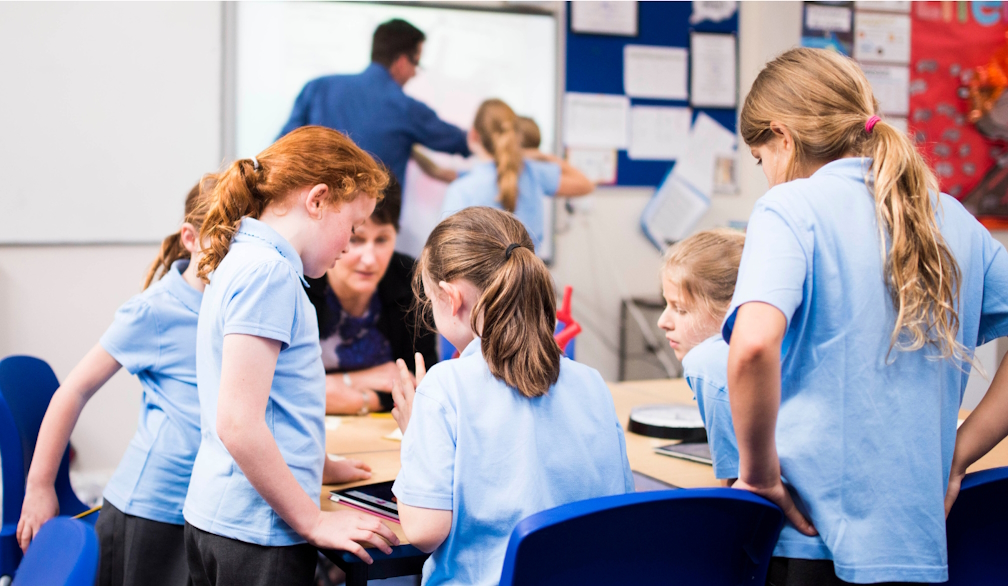How much should you read into your child’s NAPLAN report?
- Written by Sam Sellar, Professor of Education Policy, University of South Australia

This week, the national 2024 NAPLAN results[1] were released.
This was met with headlines raising alarm about one in three students not meeting literacy and numeracy standards[2]. While these headlines may be worrying to parents, they do not say anything about individual students.
Families have been receiving individual student results since the beginning of Term 3. Here are a few things to help your digest the results.
What is NAPLAN for?
The National Assessment Program – Literacy and Numeracy (NAPLAN) is an annual test for students in Years 3, 5, 7 and 9. It was established in 2008 and the results have been used for a range of purposes, including comparing the performance of schools and making decisions about school funding.
Over time, NAPLAN has provided us with some very clear messages about inequalities in outcomes[3] based on students’ social, economic and cultural backgrounds. Unfortunately this hasn’t changed this year.
Indeed, as education researcher Sally Larsen has noted[4], this year’s national results didn’t tell us very much that is different from last year.
How should NAPLAN be used?
While NAPLAN has provided population-level insights, traditionally, it has not been particularly useful for teachers and families because results were provided late in the school year, without much time to respond.
A number of changes were made last year, including moving the test from May to March, so teachers and parents can respond within the same school year.
Results are now be reported against four new proficiency standards: “exceeding”, “strong”, “developing” and “needs additional support”, rather than the ten numbered bands used previously.
These changes were designed to make it clearer for schools and parents to understand and use the results.
What does it mean for families and schools?
NAPLAN is just one test among many that schools use to assess student learning. Teachers regularly use other standardised assessments to measure progression in reading, maths and other areas.
Research has shown[7] teachers’ assessments of student performance are similar to NAPLAN results, which suggests NAPLAN data doesn’t offer much of an advance on the information already provided in school report cards. Some researchers argue NAPLAN is not a good tool for comparing individual performance over time[8].
There is also evidence[9] students do not try as hard as they might in NAPLAN testing.
We know NAPLAN only provides a snapshot of student performance on a given day in March each year. It is just one element in broader and more in-depth assessments teachers and schools provide throughout the year.
So, teachers can use the results to inform their decisions about which students need additional support and which students might benefit from additional challenges (but that may not come as much of a surprise).
Parents can use the individual results to talk to teachers about their child’s progress and what support they might need – knowing this is simply one test among many.
References
- ^ 2024 NAPLAN results (www.acara.edu.au)
- ^ one in three students not meeting literacy and numeracy standards (theconversation.com)
- ^ inequalities in outcomes (theconversation.com)
- ^ has noted (theconversation.com)
- ^ Monkey Business Images/ Shutterstock (www.shutterstock.com)
- ^ CC BY (creativecommons.org)
- ^ has shown (research.usq.edu.au)
- ^ over time (theconversation.com)
- ^ evidence (theconversation.com)
Read more https://theconversation.com/how-much-should-you-read-into-your-childs-naplan-report-236884

















